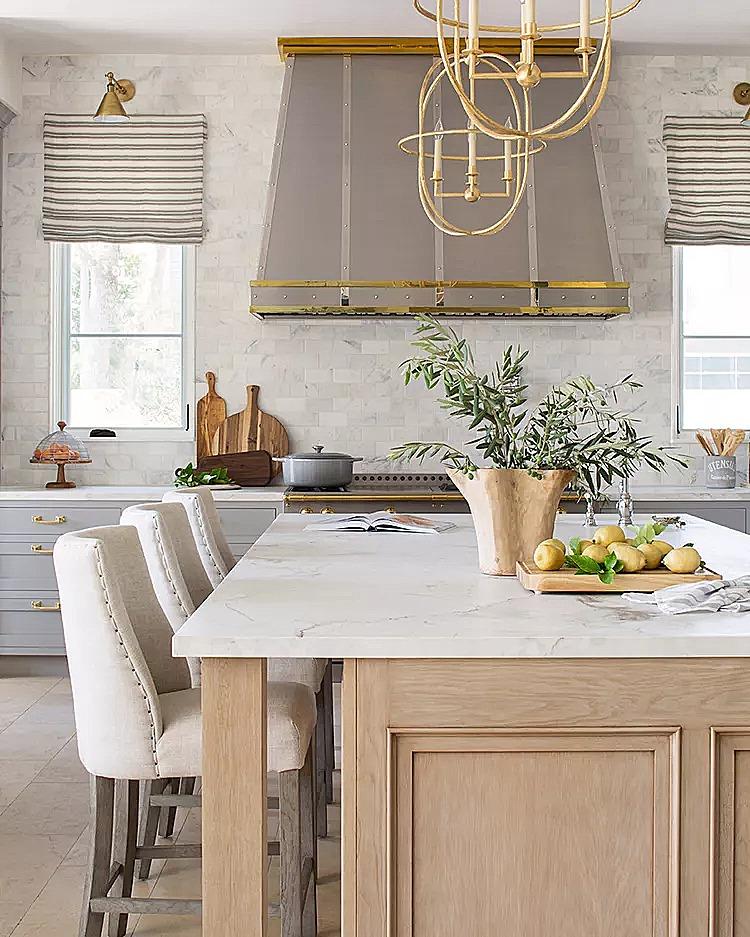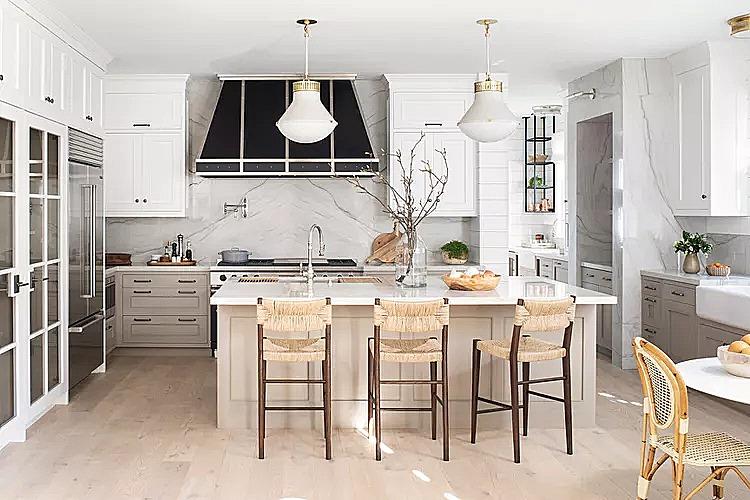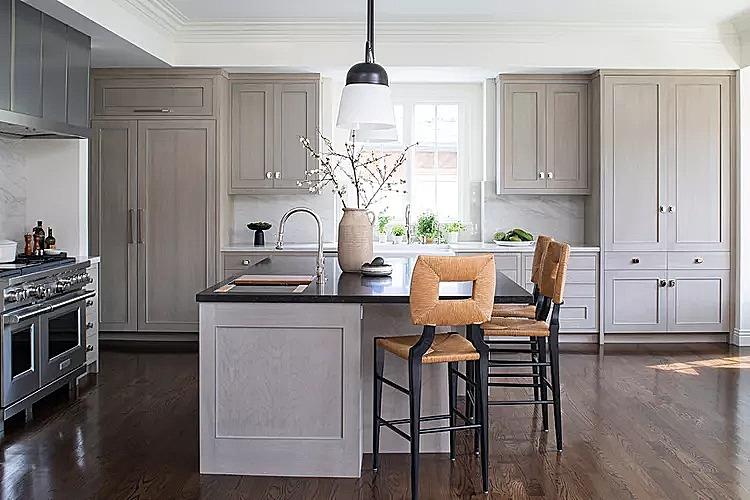
4 minute read
Updatng Your Kitchen
from DIGS 2024
by fernfriend
UPDATING YOUR KITCHEN
By Jenn Goeddeke
WHEN UPDATING YOUR ECO-FRIENDLY KITCHEN, IT'S ESSENTIAL TO UNDERSTAND THE DIFFERENCE BETWEEN REMODELING AND RENOVATION.
REMODELING involves altering the structure and layout of the kitchen, potentially including significant changes such as moving walls, changing the location of appliances, or even adding new spaces to the home. This process can be quite extensive, and typically requires professional design and construction services.
On the other hand, RENOVATION focuses on restoring or updating the existing kitchen without altering its basic layout. Renovation might include painting, updating fixtures, or replacing countertops and cabinets. It's generally less invasive and can often be more cost-effective than a full remodel.
The choice between remodeling and renovation depends on your needs, the current state of your kitchen, and your budget. If the kitchen's function and flow don't suit your lifestyle, or if it's significantly outdated, a remodel might be necessary to create a space that is both functional and aesthetically pleasing. However, if the layout works well and you're mainly looking to refresh the space or incorporate modern touches, renovation could be the perfect solution.
IT'S ALSO WORTH NOTING THAT REMODELING usually requires permits and more extensive planning, as it involves more significant changes to the structure of your home. In terms of investment, remodeling can offer a complete transformation, potentially increasing the value of your home, but it comes with a higher price tag and a longer timeline. Renovation can also add value, especially if done wisely, and it allows for a quicker turnaround with less disruption to your daily life. Both options can make a significant impact on your home's appeal and functionality, but it's crucial to weigh the pros and cons of each before making a decision.
One of the most impactful options is to give your kitchen a second life by purchasing second-hand cabinetry or appliances, which reduces waste and the demand for new materials. Using sustainable materials such as plywood, which is durable and has minimal chemical processing, contributes to a toxin-free home environment.
Additionally, opting for energy-efficient appliances is a smart choice that can lower both energy bills and carbon emissions. Eco-friendly countertops made from recycled materials not only look stylish but also help reduce landfill waste. Incorporating reclaimed and salvaged materials can add character to your kitchen while being environmentally conscious. Reclaimed wood, for example, can be used for cabinetry or as an accent feature, providing a rustic or vintage aesthetic without the need for new resources.
ANOTHER ECO-FRIENDLY OPTION IS TO INSTALL SUSTAINABLE FLOORING, such as bamboo or cork, which are renewable resources and offer durability and a unique look. Low-VOC (volatile organic compounds) paints and finishes are better for indoor air quality, making them a healthier choice for your home.
Smart kitchen design can also contribute to sustainability. Designing a kitchen with natural light in mind can reduce the need for artificial lighting during the day. Skylights and strategically placed windows can help achieve this, while also providing a connection to the outdoors.
Regarding artificial light, LED lights are highly energy-efficient and have a longer lifespan than traditional bulbs. They come in a variety of styles and can be incorporated into the design to enhance the ambiance of the kitchen.
Choosing local materials and craftsmen can reduce the carbon emissions associated with transportation. It also supports the local economy and ensures that the materials are suitable for the local climate and conditions. For countertops, consider materials like recycled glass or composite stone, which offer durability and a modern look while being made from recycled content. These materials can also be recycled at the end of their life, reducing their environmental impact.
Water conservation is another aspect to consider. Installing low-flow faucets and fixtures can significantly reduce water usage without compromising performance. For those looking to take it a step further, greywater systems can recycle water from sinks for use in gardens or toilets.
In summary, eco-friendly kitchen remodeling and renovation options are diverse and can be tailored to fit any style, from modern to rustic. They involve making conscious choices about materials, appliances, and design elements that not only create a beautiful and functional space but also ensure that the kitchen has a minimal environmental impact. By considering these options, you as homeowners can enjoy a kitchen that aligns with your values and contributes to a healthier planet.













